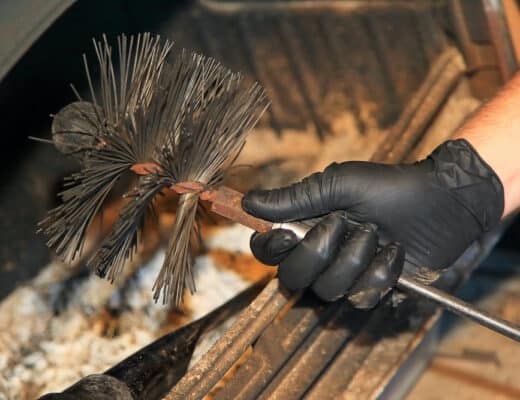 Ignoring air leaks around windows and doors is akin to letting money flow out of your home – along with your heated or cooled air. Weatherizing your windows using silicone caulk is an easy process. It keeps you and your family comfortable and can save hundreds of dollars in energy. Here’s how to weatherize your windows before winter settles in.
Ignoring air leaks around windows and doors is akin to letting money flow out of your home – along with your heated or cooled air. Weatherizing your windows using silicone caulk is an easy process. It keeps you and your family comfortable and can save hundreds of dollars in energy. Here’s how to weatherize your windows before winter settles in.
Windows old and new require regular maintenance. Cracks in existing acrylic caulk allow air to flow freely in and around the window. To weatherize your windows you need to remove the existing hard and cracked acrylic caulk and replace it with 100% silicone caulk because it is weatherproof (sun-proof and freeze-proof) and waterproof.
100% silicone is also flexible, so it can withstand joint movement, harsh weather and temperature fluctuations without cracking. It also won’t shrink, crack, break down, wash away or yellow over time.
Our workshop/studio is located in a separate building near our home. It’s a great location but unfortunately it doesn’t have the best insulation. This winter we are planning on investing in more woodworking tools so we’ll be spending our evenings and lights working out of our workshop. Our space is heated but we still don’t want to waste energy heating a space with drafts. The windows and doors are in decent shape, but after many years the sun has dried out the existing caulk and caused it to crack and pull away from the window.
Our west facing window gets the brunt of the evening sun which has caused the window seal to dry out and crack. We reached for GE Supreme Silicone Window & Door caulk. We liked that it was clear and was made to stand up to the elements. We don’t have much rain or extreme cold here in Southern California, but we do have a lot of sun and this window needs long-lasting protection.
We weatherized our window in less than 30 minutes. Here’s how we did it.
MATERIALS LIST
- Small flathead screwdriver and razor blade to help remove old caulk
- GE Supreme Silicone Window & Door caulk.
- Caulk gun
- Paper towel or rag
STEP-BY-STEP INSTRUCTIONS
1. Remove existing cracked or hardened caulk using a flathead screwdriver or putty knife. A razor blade is also helpful to cut away old caulk and clean the window.
2. To ensure good adhesion, all areas to be caulked should be cleaned. After the old caulk is removed, thoroughly clean the window and edges. Make sure the area is completely dry before applying caulk as you do not want to trap any moisture.
3. Load the caulking gun by inserting the caulk tube into the gun and making sure the push rod is completely back. Cut the tip of the cartridge at a 45-degree angle. Use the built-in pin on your caulk gun, an awl or some type of punch to pierce the inside of the tube through the nozzle, which will release the caulk into the nozzle.
4. Squeeze the trigger on the caulk gun and apply a test bead on a paper towel or piece of cardboard. This will indicate that the caulk is ready to go and how much will be applied.
5. Hold the caulk gun at a 45-degree angle and run the nozzle along the edge to be caulked while applying a consistent bead. Do this in a slow and deliberate motion and avoid stopping and starting, which leads to excess caulk buildups.
6. Dampen your finger with a wet rag and run it along the area where you just applied the caulk. This will push it even farther into the crack and smooth it out.
7. Use a damp rag to clean any excess caulk while it is still soft. GE Supreme Silicone caulk will be rain-ready in 30 minutes, but allow it to cure a full 24 hours before touching it. Temperature and humidity can affect cure time.
Knowing that our windows are properly sealed is comforting as we head into cooler weather. Our energy bill is high enough as it is and any relief we can find no matter how small is important for us. Caulking a window is a simple job, and with the right tools and materials like GE Silicone you have the job done in no time.



No Comments